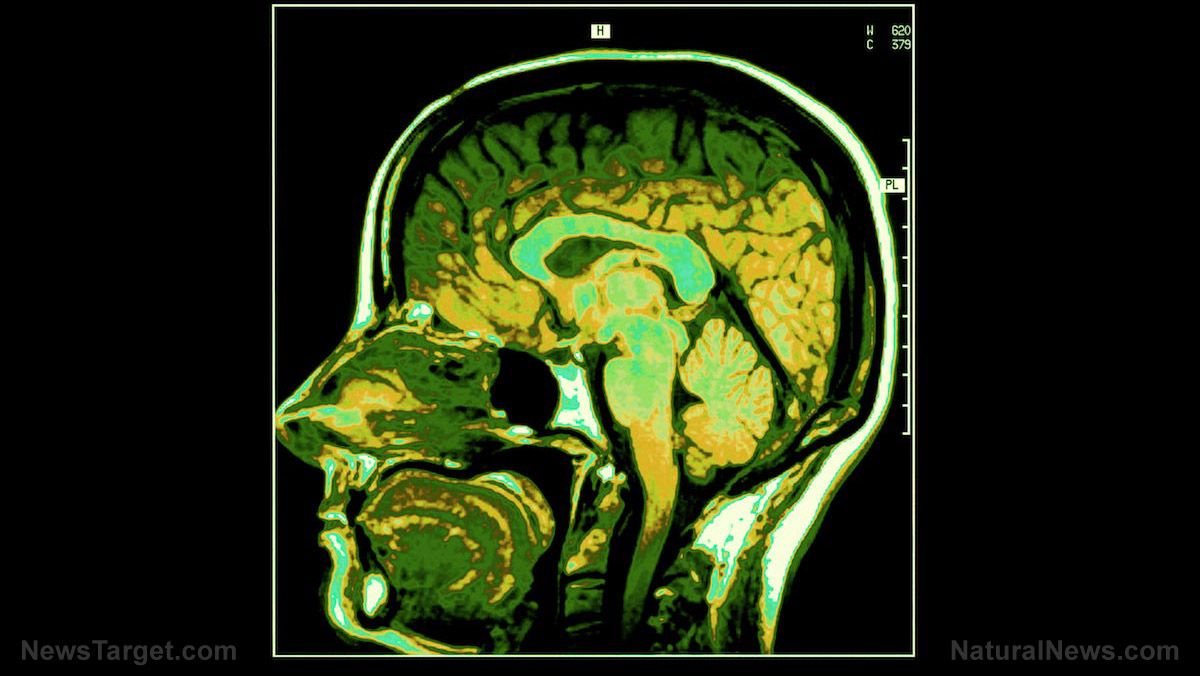Tracking eye movement is better than vocabulary tests for assessing people with severe forms of autism, say researchers
07/23/2020 / By Ralph Flores

Autism is a complex neurological disorder that affects how a person socializes with others, causing problems in communication and interaction. The latest estimates from the Centers for Disease Control and Prevention report that nearly one in 54 children in the U.S. has been identified with autism spectrum disorder (ASD).
Given its prevalence, early diagnosis is important, so those with the condition can get the help they need. But for people with severe forms of ASD, the vocabulary tests used to diagnose their condition are notoriously inaccurate. This not only renders teaching strategies ineffective, but it also causes a dearth in research on Level 3 ASD, the clinical term for severe forms of autism.
A team of scientists from the Johns Hopkins University School of Medicine noted these challenges, saying that difficulties in testing and analysis can negatively impact those with severe forms of autism.
“Individuals with Level 3 autism are extremely underrepresented in studies of cognition, making our knowledge of autism consequently incomplete,” they wrote in their report.
In their study, which they published in the journal Cognitive and Behavioral Neurology, the researchers demonstrated how tracking eye movement and pupil dilation could be used to evaluate a person’s vocabulary knowledge. To note, these tools are rarely used for people with Level 3 ASD, but researchers say these can potentially be more accurate than traditional behavioral assessments.
“Children and adults with severe ASD often score much lower than they should on traditional language assessments,” explained lead author Emily Coderre. “They may not understand the instructions or be unable to point to a picture after hearing the spoken word. Or they may be frightened by the equipment or simply not care to participate. The new study points the way toward a much better approach.” (Related: Treatments for children with autism or autism spectrum disorders including a GFCF diet and HBOT.)
Measuring word knowledge with implicit knowledge testing
The researchers used what they called “implicit measures” to test the vocabulary knowledge of adults with Level 3 ASD.
In the eye monitoring test, the participants were made to listen to a spoken word, which matched one of four illustrations on a computer screen. The team tracked their eye movements as they responded. If their eyes looked at the matching visual and stayed with it, it meant the participant knew the word. But if the participant’s eyes moved around from one object to the next, it meant that the word was probably not known.
For the pupillary dilation test, the participants were also made to listen to a spoken word and shown four illustrations. If the participant’s pupils dilated, it meant that the world was probably not known. However, if the pupils did not dilate, the team noted that the participant might know the word.
For the last test, the team measured brain activity in the participants as they were made to listen to a word and were shown an image the either matched or did not match it. Prior to this, studies have identified typical brain patterns for congruent and incongruent pairs of words and images. This allowed the team to determine whether the participant knew the word based on electrical signatures.
The findings yielded several important insights. The team concluded that while the implicit measures are promising, in terms of determining vocabulary knowledge in people with Level 3 ASD, the tests should be tailored to each individual. For patients without ASD, the team noted that these measures are highly accurate in assessing word knowledge.
Coderre says that while the results are still preliminary at this point, these could be improved to better assess a person’s true language knowledge.
“Language is often one of the areas where individuals with autism struggle, especially at the more severe end of the spectrum, where a large percentage have little to no functional language,” she added. “Anything we can do to improve their language outcomes will improve their quality of life.”
Sources include:
Tagged Under: autism, autism specturm disorder, brain health, children's health, cognitive health, quality of life
RECENT NEWS & ARTICLES
BrainFunction.News is a fact-based public education website published by Brain Function News Features, LLC.
All content copyright © 2018 by Brain Function News Features, LLC.
Contact Us with Tips or Corrections
All trademarks, registered trademarks and servicemarks mentioned on this site are the property of their respective owners.




















